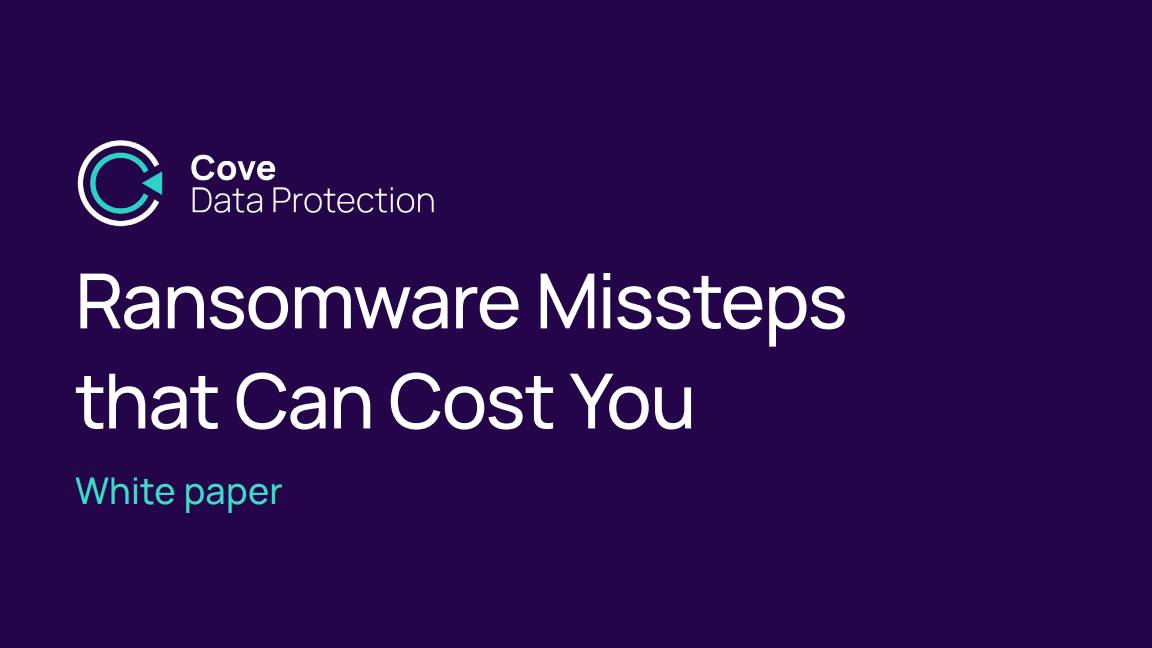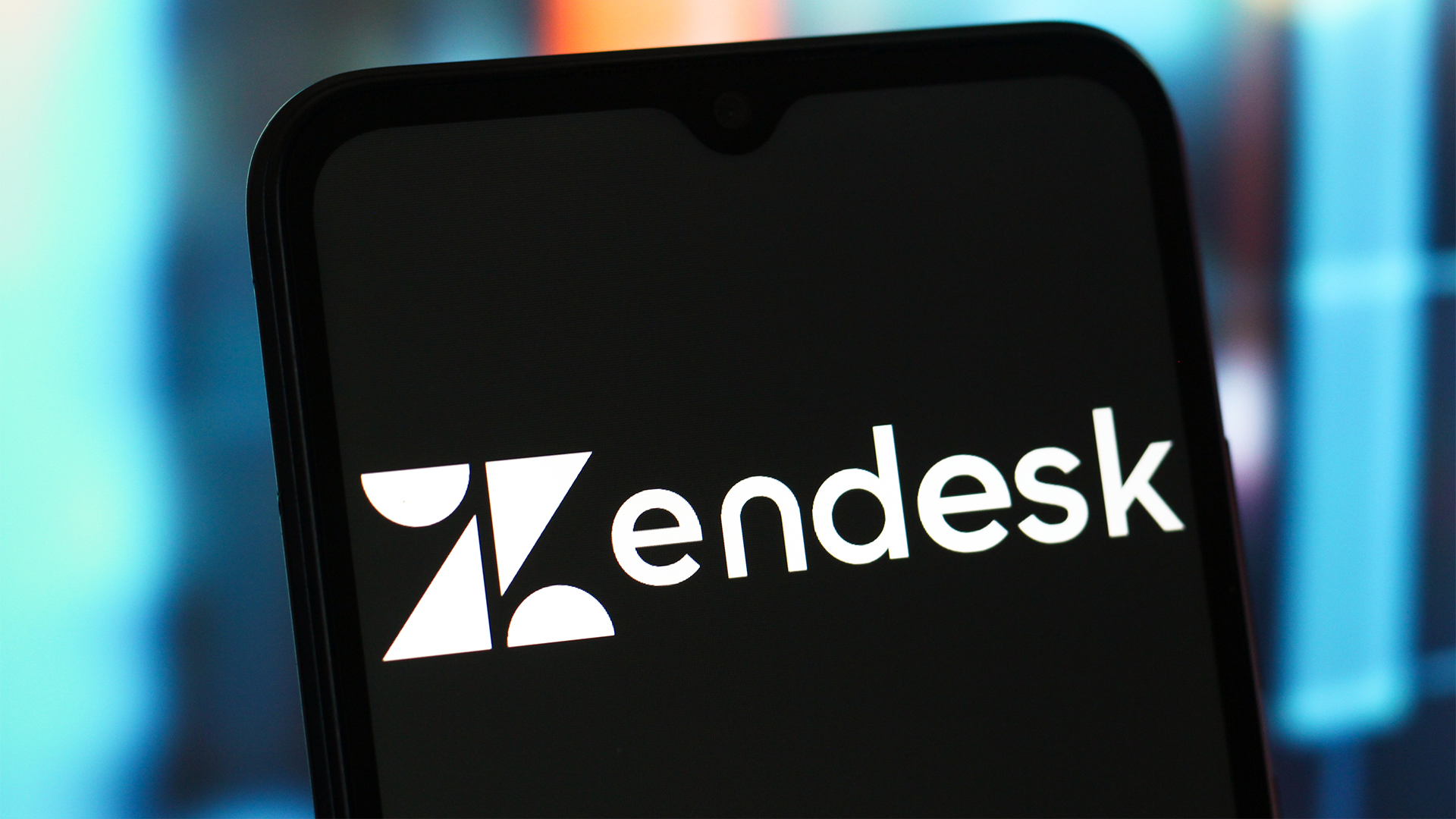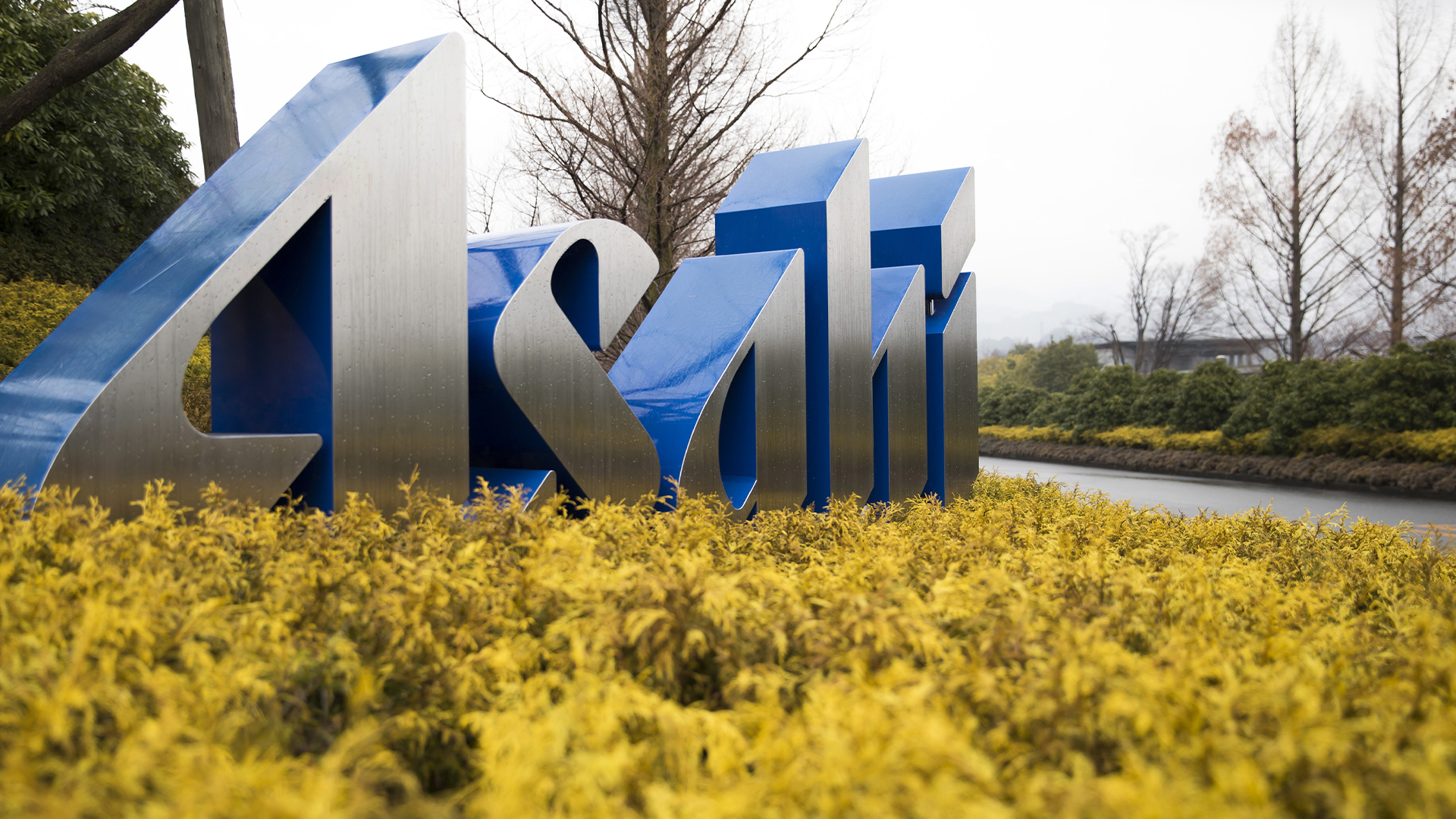Warning issued over prolific 'Ghost' ransomware group
The Ghost ransomware group is known to act fast and exploit vulnerabilities in public-facing appliances


CISA has issued a warning over the threat posed by the Ghost ransomware gang, which has been targeting vulnerable internet-facing services around the world for at least four years.
The agency released an advisory highlighting the group’s TTPs that were discovered through FBI investigations as recently as January 2025.
It stated that since early 2021, the group has been attacking entities whose internet-facing services were running outdated software and firmware. Since then it has been responsible for compromising organizations in across more than 70 countries.
“Affected victims include critical infrastructure, schools and universities, healthcare, government networks, religious institutions, technology and manufacturing companies, and numerous small- and medium-sized businesses,” the advisory warned.
The group is believed to be based in China, but CISA noted that because the group deploys a broad range of TTPs, this has led to varying attribution of its attacks.
Notably, among the 70 countries in which the group launched its attacks it has been recorded targeting countries in China as well.
The security agency said the group frequently rotates its ransomware payloads, file extensions for encrypted files, ransom email addresses, and the text in its ransom notes.
Sign up today and you will receive a free copy of our Future Focus 2025 report - the leading guidance on AI, cybersecurity and other IT challenges as per 700+ senior executives
This diverse range of tactics has led to a wide number of names being attached to the group including, Ghost, Cring, Crypt3r, Phantom, Strike, Hello, Wickrme, HsHarada, and Rapture.
Some of these names come from the names of the ransomware files deployed by the group, such as Cring.exe and Ghost.exe.
The Ghost ransomware group is highly effective
The FBI observed the group exploiting a series of CVEs in public-facing applications to gain initial access on their target’s networks.
Ghost threat actors have been tracked targeting a FortiOS path traversal flaw (CVE-2018-13379), two vulnerabilities in Adobe ColdFusion (CVE-2010-2861 and CVE-2009-3960, and a weakness in Microsoft Sharepoint (CVE-2019-0604).
The threat group was also observed exploiting a series of flaws affecting Microsoft Exchange, commonly known as the ProxyShell attack chain (CVE-2021-34473, CVE-2021-34523, and CVE-2021-31207).
Once inside, they are typically found to upload a web shell to a compromised server and download Cobalt Strike Beacon malware that can be used in a number of different ways such as command execution, key logging, file transfer, privilege escalation, defense evasion, and lateral movement.
For example, the group has often used the Cobalt Strike functions to steal process tokens to impersonate the SYSTEM user in order to re-run the Beacon with escalated privileges.
CISA noted that the Ghost outfit is not particularly focused on persistence and usually only remains on the network for a few days – often moving from initial access to dropping their ransomware within the same day.
RELATED WHITEPAPER

The advisory includes all the group’s IOCs, TTPS, ransom email addresses, ransom note, as well as a list of mitigation steps businesses can take to avoid compromise.
These include maintaining regular system backups, patching known vulnerabilities in internet-facing appliances, network segmentation to restrict lateral movement, monitoring for unauthorized PowerShell use, and disabling unused ports to limit the exposure of services.
MORE FROM ITPRO
- The ‘BlackLock’ group has become one of the most prolific operators in the cyber crime industry
- The new ransomware groups worrying security researchers in 2025
- Why ‘malware as a service’ is becoming a serious problem

Solomon Klappholz is a former staff writer for ITPro and ChannelPro. He has experience writing about the technologies that facilitate industrial manufacturing, which led to him developing a particular interest in cybersecurity, IT regulation, industrial infrastructure applications, and machine learning.
-
 Trump's AI executive order could leave US in a 'regulatory vacuum'
Trump's AI executive order could leave US in a 'regulatory vacuum'News Citing a "patchwork of 50 different regulatory regimes" and "ideological bias", President Trump wants rules to be set at a federal level
-
 TPUs: Google's home advantage
TPUs: Google's home advantageITPro Podcast How does TPU v7 stack up against Nvidia's latest chips – and can Google scale AI using only its own supply?
-
 15-year-old revealed as key player in Scattered LAPSUS$ Hunters
15-year-old revealed as key player in Scattered LAPSUS$ HuntersNews 'Rey' says he's trying to leave Scattered LAPSUS$ Hunters and is prepared to cooperate with law enforcement
-
 The Scattered Lapsus$ Hunters group is targeting Zendesk customers – here’s what you need to know
The Scattered Lapsus$ Hunters group is targeting Zendesk customers – here’s what you need to knowNews The group appears to be infecting support and help-desk personnel with remote access trojans and other forms of malware
-
 Impact of Asahi cyber attack laid bare as company confirms 1.5 million customers exposed
Impact of Asahi cyber attack laid bare as company confirms 1.5 million customers exposedNews No ransom has been paid, said president and group CEO Atsushi Katsuki, and the company is restoring its systems
-
 The US, UK, and Australia just imposed sanctions on a Russian cyber crime group – 'we are exposing their dark networks and going after those responsible'
The US, UK, and Australia just imposed sanctions on a Russian cyber crime group – 'we are exposing their dark networks and going after those responsible'News Media Land offers 'bulletproof' hosting services used for ransomware and DDoS attacks around the world
-
 A notorious ransomware group is spreading fake Microsoft Teams ads to snare victims
A notorious ransomware group is spreading fake Microsoft Teams ads to snare victimsNews The Rhysida ransomware group is leveraging Trusted Signing from Microsoft to lend plausibility to its activities
-
 Volkswagen confirms security ‘incident’ amid ransomware breach claims
Volkswagen confirms security ‘incident’ amid ransomware breach claimsNews Volkswagen has confirmed a security "incident" has occurred, but insists no IT systems have been compromised.
-
 The number of ransomware groups rockets as new, smaller players emerge
The number of ransomware groups rockets as new, smaller players emergeNews The good news is that the number of victims remains steady
-
 Teens arrested over nursery chain Kido hack
Teens arrested over nursery chain Kido hacknews The ransom attack caused widespread shock when the hackers published children's personal data